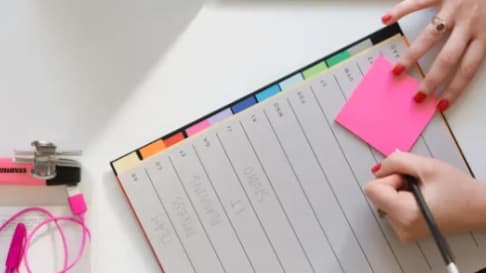If you’ve ever organized a large event, you are familiar with the hassle of sending out invitations, managing available seats, and collecting RSVPs. It can be stressful and usually takes a considerable amount of time to do it right. However, you can make this process a whole lot easier by using an event registration form.
What is an Event Registration Form?
An event registration form is an online tool that allows your attendees to register for the event you are organizing. However, they can also have other uses, depending on your goals and event type.
Why Use an Event Registration Form?
First of all, it gives you the perfect opportunity to make a good first impression. Taking the time and putting some extra effort into designing your form can prove to be a great idea. Make sure it’s visually appealing and that it provides users with a smooth signup process. An outstanding design can do wonders in terms of boosting attendee numbers.
Secondly, it provides you with an easy way to spread awareness about the event while also offering a convenient way to sign up. You can simply send online forms via email or embed them on your website and social media pages.
Finally, you can also use them to collect data from your event attendees to help your event planning and organization in the future. With that said, it’s clear that a well-designed form can be much more than an event registration tool. So how do you make the most of your event registration form?
Event Registration Form Tips
There are a couple of things to consider when designing your registration form.
What Information to Collect?
While asking for all the information you can seems like a good idea, you should try to keep the form as short as possible and collect only essential info. Ask for the attendee’s name, email, and other vital data depending on the event type. Remember that you can always follow up with an event feedback survey to ask more specific questions.
What Information to Provide?
Forms that take too long or too much effort to complete are usually far less effective. So stick to just a few questions and provide people with the necessary information about the event. Location, time, and date, as well as a concise description, should always be included in your event registration form.
Keep Track of the Responses You Get
Once you’ve designed and shared the form, make sure you keep track of how people are responding. This is especially important if there is a limited number of attendees you can accommodate. Tracking responses will also give you a good idea of the form’s effectiveness and the general interest in the event.
Finally, the information you collect through form submissions should help you plan specifics and ensure attendee satisfaction.


 Preview
Preview 

